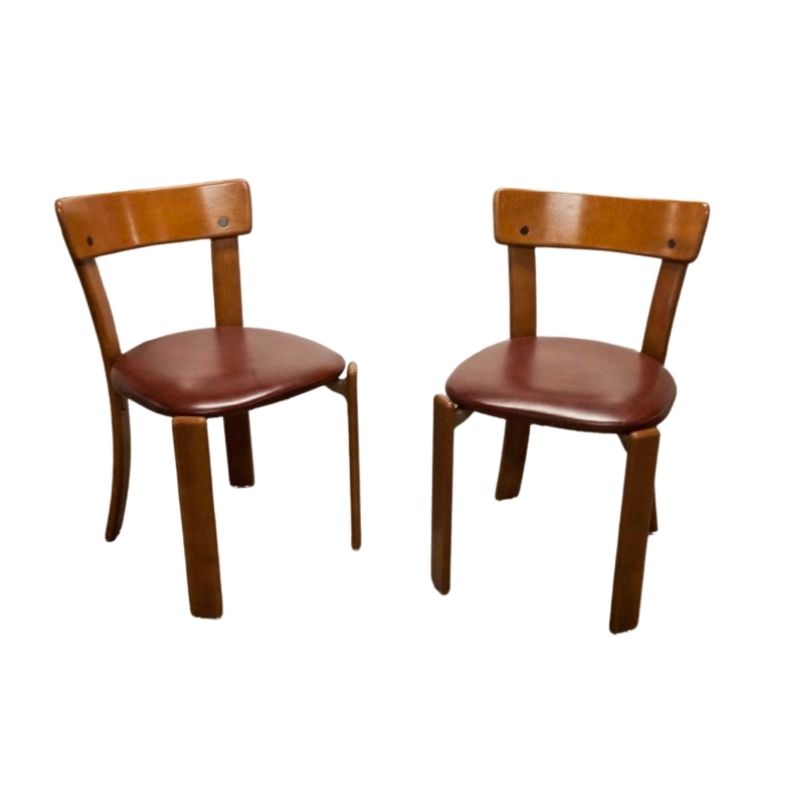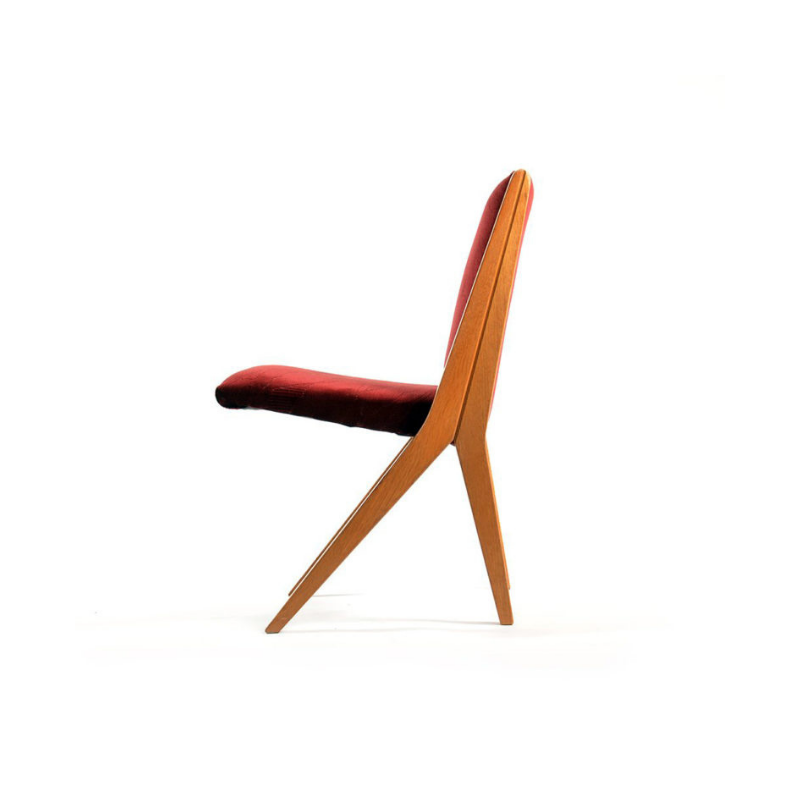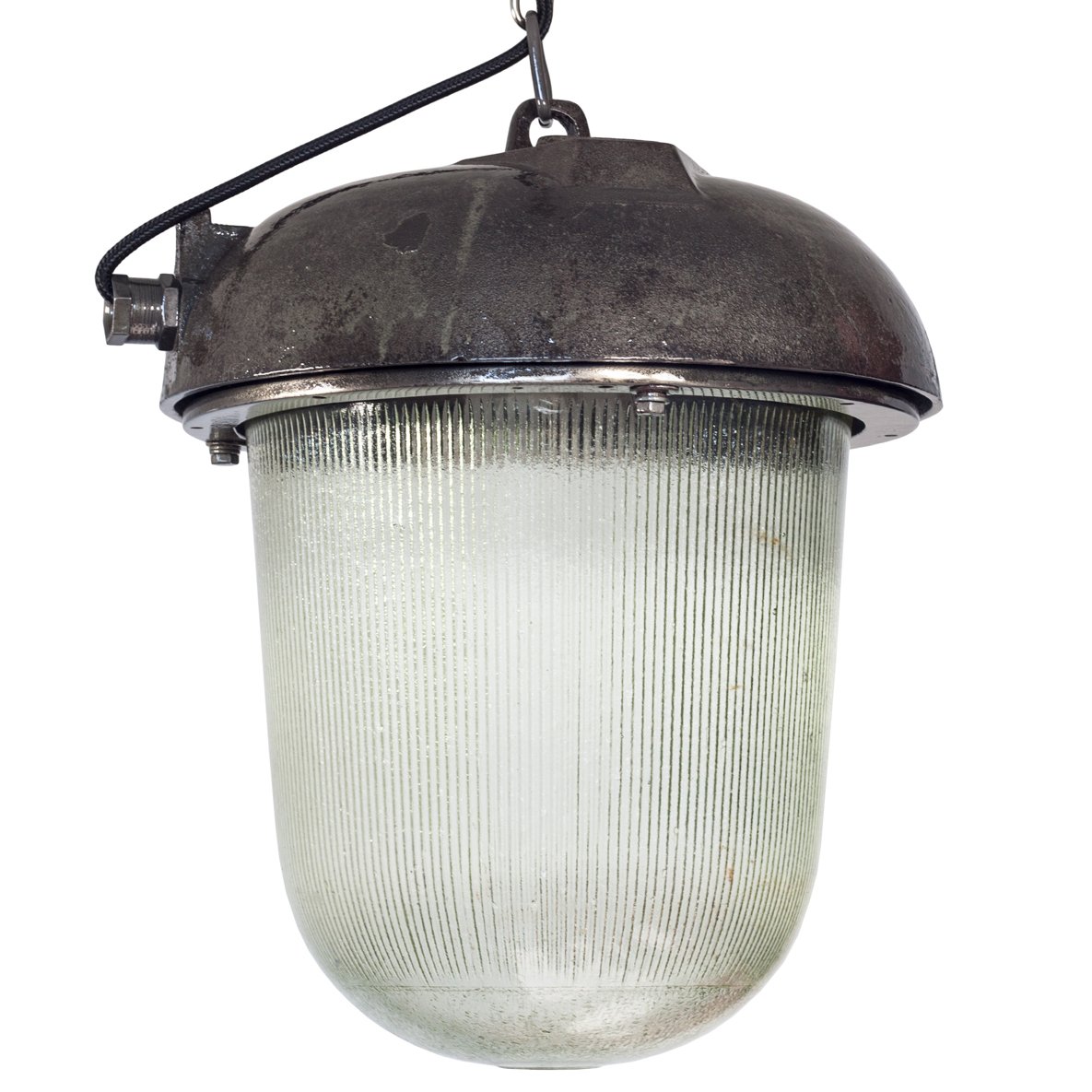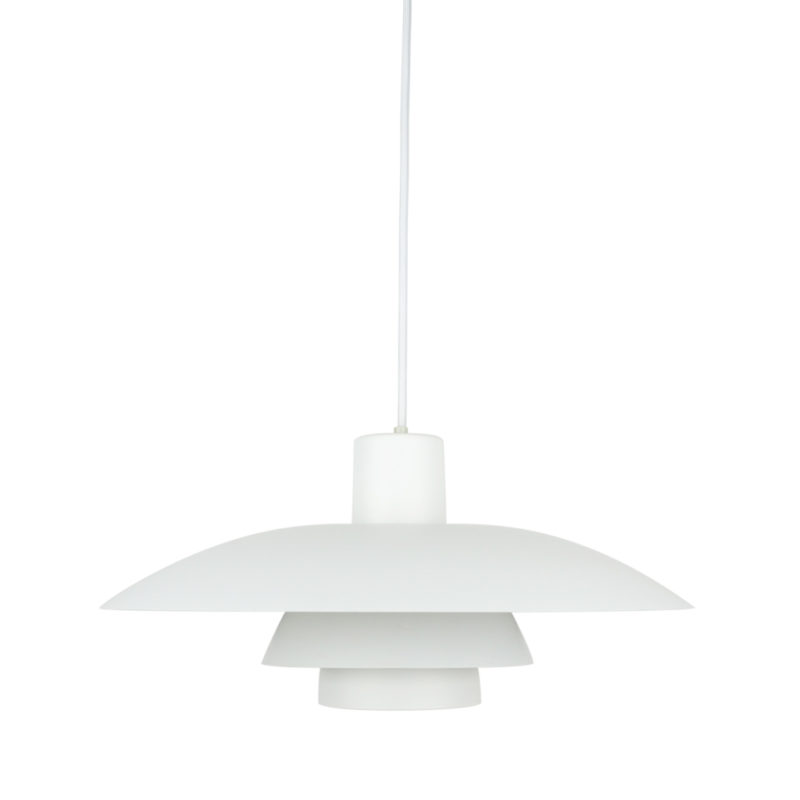I don't know about you but my server takes some time to open what is probably growing to the heaviest thread on DA, so...I hope I am not doing anything wrong by opening a part 2. The only forseable problem is that part 1 slides back in the list. If it is a problem Alix, I am sure you can consolidate the two.
What I really wanted to do is to answer the question of the holes. They are not drilled. What comes out of the mould is one continious wall with uniform wall thickness (probably 3-4 mm thick depending on the size of the vase) We have special tooling to cut holes (a pointed sharpened stainless steel tube) and of course one could have tubes like that for different diameters, but I would prefer to avoid it. As to accuracy: The mould would have a small round edge for each hole, to indicate (as a groove in the product) where to put the tool in order to cut holes in the right place.
I have of course the intention to post the different stages of both the mouldmaking and the production on DA...when we get there!
The Design Addict vase project (part 1)
Here is the link to the first part of the project:
http://www.designaddict.com/design_addict/forums/index.cfm/fuseaction/th...
One more
Hello everybody,
I don't know if you feel the same, but I have the impression that we are not far from a conclusive result. I really like the two versions drawn by Koen, but between the two "mon coeur balance".
Based on these 2 vases, I tried to reintroduce one or two elements that were evoked before and later forgotten during the process. The first is a form of controlled random, not very far from James' proposal. Second, Alix pointed out my initial inspiration: the tree. I have thus drawn a trunk, slightly conical to ensure the stability, with simple protuberances (see drawing) in varied sizes to remind the shape of cut branches. The variations should not be as numerous as on my drawing. It can be the combination of three elements with different widths and depths. The goal is not to copy a tree but to discreetly evoke it while fulfilling the functional requirements of the vase. Aaaargh! why can't I draw like Koen? I hope that you can imagine what I want to say in spite of the quality of the drawing.
Patrick, I'm worried that...
Patrick, I'm worried that with those small, vertical holes and their thick edges, you will put too much strees on the flowers when putting the sterms through the holes and bending the sterms down into the water. I think Koen's suggestion supported the flowers better while pointing them in the direction flowers like the best (upwards) though still allowing suitable room around each flower towards the top. For your suggestion to work, the holes would have to be bigger (like the largest ones on the vase) to allow the vase an easy exit through the side. To illustrate my point I've made a horrible drawing for you 🙂

Though the vase is not bad...
Though the vase is not bad at all, Patrick. I actually see a lot of potential in it as a lamp.
I suddenly got inspired by HP's second link to architecture as inspiration. I know, terrible drawing but I hope you'll get the idea ... and I wanted 10, not 4 "things" to hold the flowers (they can each be turned 360 degrees independently) but my computer mouse is f?cked up and I have to prepare for a job interview tomorrow morning (in about 9 hours). Goodnight.

Of course Martin, you are...
Of course Martin, you are absolutely right. To be able to introduce flowers correctly, I should have drawn the "cut branches" this way:
As the inclination of the cone increases the opening, it should be possible to find the right angle.
Concerning the size of the holes: the correct dimension must be decided and should be the same for all the "branches". But different width and depths of the circle around the holes could make them look different.
Having cut the branches of my first project, my main inspiration is now the pollarded trees. 🙂
Another point to discuss:
It seems to me that we are focusing a lot on the function and the technical feasibility of the object, which is normal! If the vase does not do its job, it is useless. If it's impossible or excessively difficult to produce, it's just an "exercice de style", fun to do but a bit vain.
So, I would like to read you about the sociological and symbolic values of this object. Not only designers point of view! Everybody of course is concerned. A vase is not a neutral object, it is at the center of relations, exchanges between human beings (flowers are the presents the most offered), interaction with nature (probably the most important contemporary subject), dialogue with architecture and furniture, it's a link between outdoor and indoor, a support for creativity etc.
For me, the relation with the nature that is invited in a house is important, it influences a lot my propositions.
For you, what is the most important?
If you need any help, please contact us at – info@designaddict.com










